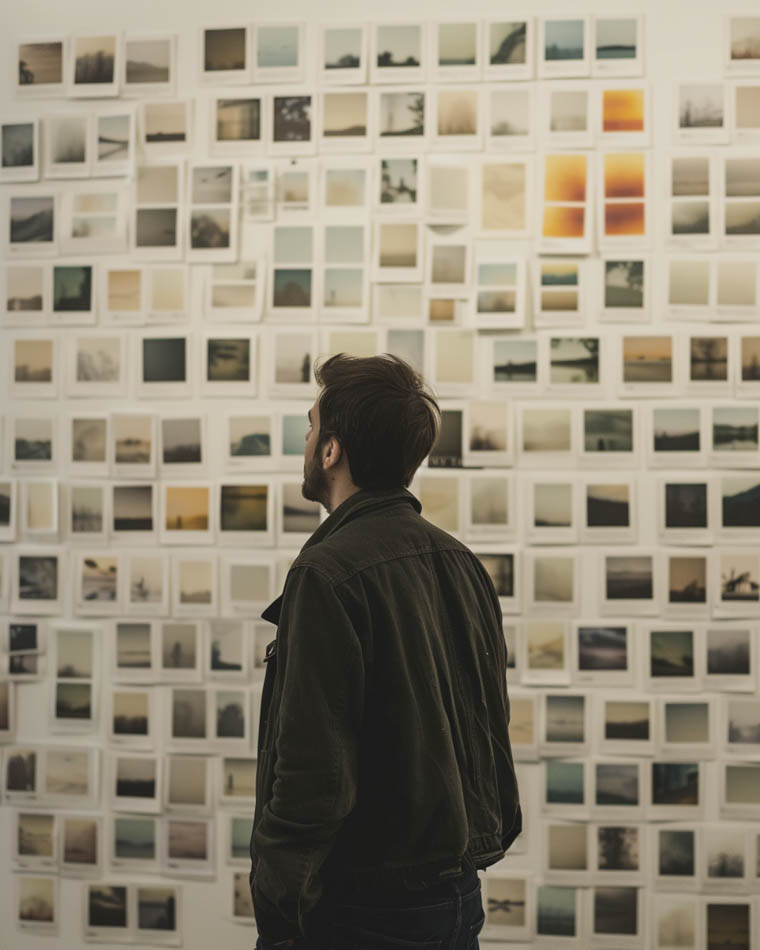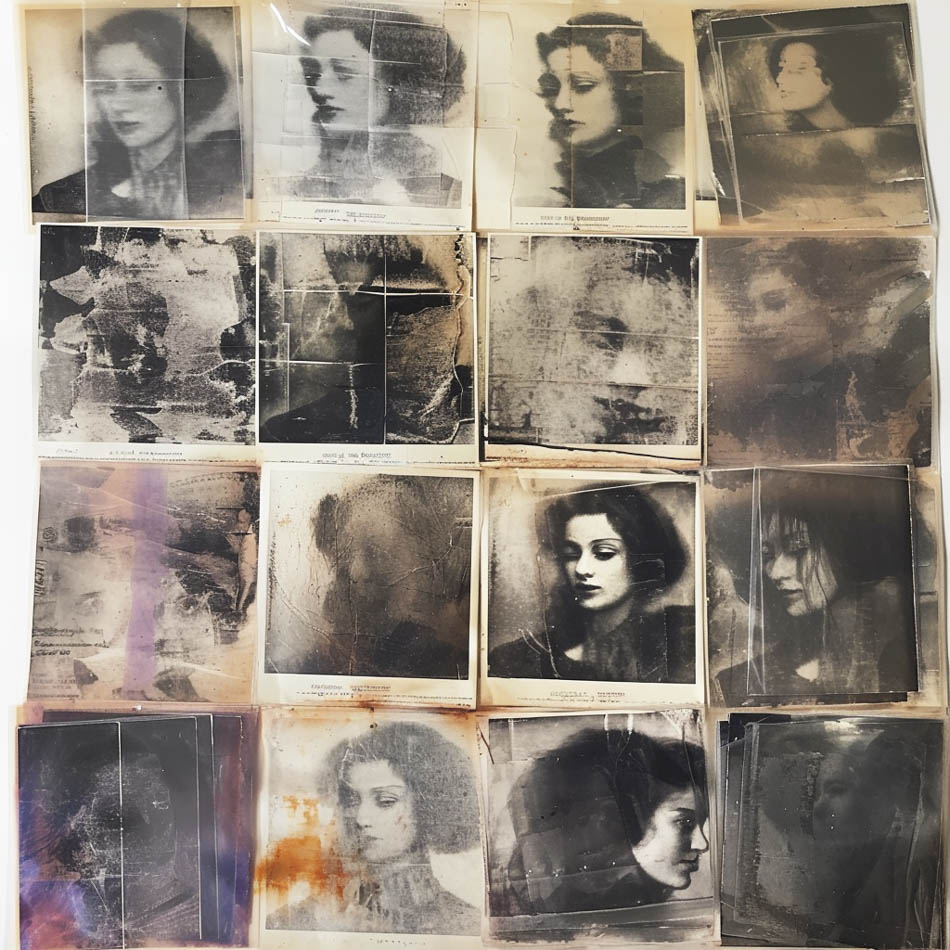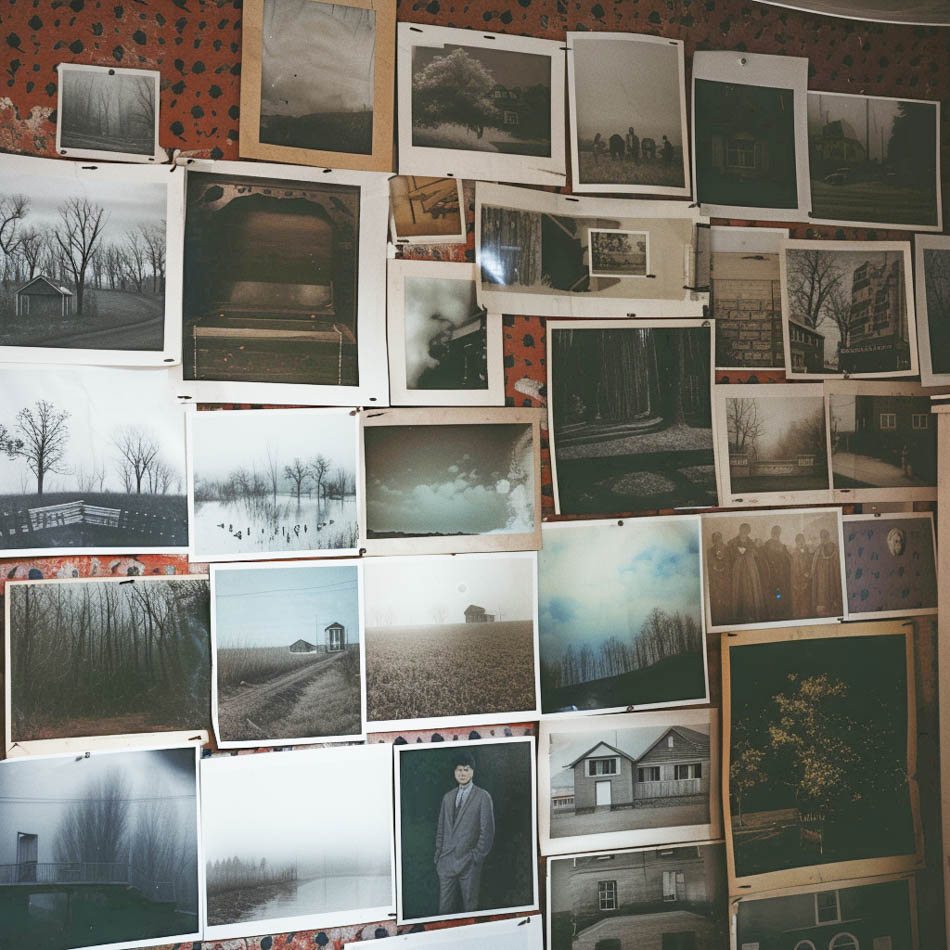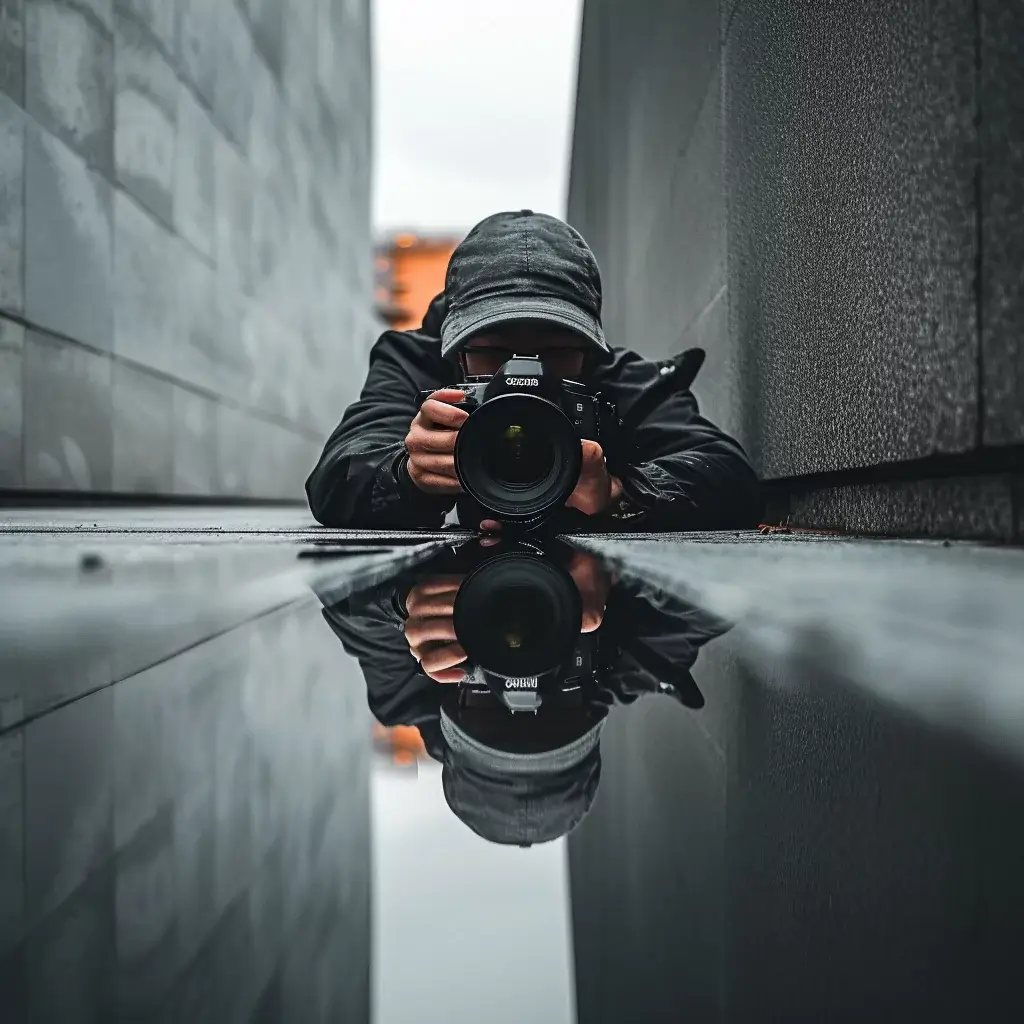Looking at your own photos and deciding which ones to show off or keep is a big part of photography. What looks good in a picture is often different for everyone. But, if you want to do well, think about what most people like and what experts say is good.
How to Self-Critique Your Photography by Team Nader
When judging photos, start by looking at how clear and sharp they are. Also, think about if they draw you in emotionally and stand out. Try the “Stop Test.” If a photo grabs your attention right away, others might feel the same.
It’s easy to get attached to certain photos because of memories associated with them. But try to focus on how they’d look in a gallery or a magazine. Most importantly, trust your gut to decide if a piece is truly great.
Key Takeaways
- Assess technical aspects such as sharpness, contrast, and focus.
- Incorporate subjective elements like emotional resonance and uniqueness.
- Use the “Stop Test” to identify captivating images.
- Separate sentimental attachment from objective quality evaluation.
- Visualise images in real-life applications for better evaluation.
- Trust your instincts when determining photo quality.
Why Self-Critique is Essential for Photographers
Looking closely at our work is key for every photographer. It acts like a mirror, showing us what we are good at and where we can improve. This understanding is crucial if we want to improve at taking photos.

A pensive photographer touching on of the thousands of small printed photographs taken by todd hido and hung on a wall in a photorealistic style –ar 4:5 Job ID: 60341bc2-bdc5-4c39-bd36-083ca9e563b2
The Role of Self-Assessment in Photography
Self-assessment asks us to be objective about our photos. We look closely at what we’ve done to see what works and what doesn’t, which helps us better understand our style and vision.
“Photography is not just about capturing moments, but about evolving in every shot we take.” – This belief is at the core of a photographer’s drive for self-assessment.
When we make self-assessment part of our photo-taking process, we can get in touch with our creativity. This leads to photos that are both well-made and evoke strong feelings.
Photographic Skills and Continuous Improvement
Reviewing our work regularly helps us get better at taking photos. Each time we review, we have a chance to make our photos more beautiful. We learn more about how to frame a shot, the best use of light, and making sure the focus is right.
Self-critique is helpful because it never stops. As we get better, we see our photos in new ways, which encourages us to keep raising our own standards and trying new things.
Embrace the imperfections as they are the stepping stones to expertise.
- Evaluate technical aspects like sharpness and exposure.
- Reflect on emotional and artistic elements.
- Identify areas for improvement and set achievable goals.
Self-assessment in photography is a golden rule. It helps me improve constantly and keeps me dedicated to taking unforgettable photos.
Technical Aspects: Sharpness and Focus
Getting the right sharpness and focus in a photo can turn a good shot into a great one. Mastering specific technical details can really upgrade your image’s quality.
Ensuring Appropriate Sharpness
Sharpness plays a vital role in photo quality. To check your photo’s sharpness, look closely on a big screen. This helps spot any small blurs or flaws. Such problems often come from moving your camera or lens.
Better lenses, like prime lenses, and settings like vibration reduction help greatly. They can boost your photos’ sharpness significantly.
Focus Techniques and Common Mistakes
Good focus requires skill and attention. A key method is to aim your focus clearly and manage the depth of field. This brings focus to your subject. However, some mistakes, like focusing on the wrong part, lessen the effect.
To avoid these pitfalls, it’s crucial to be mindful of your subject and ensure your focus precisely corresponds to the intended focal point of the image.
- Evaluate sharpness on large screens.
- Utilise high-quality lenses
- Apply vibration reduction and stabilisation techniques
- Intentionally target the focus for better outcomes
Focusing on these common mistakes and improving your skills can enhance your photos. You’ll end up with stunning and striking images.
Understanding Depth of Field in Your Photography
Mastering depth of field (DOF) is crucial for telling better stories with your photos. DOF shows what’s sharp in a picture. It lets you highlight items or show them in their surroundings.
Defining Depth of Field
The depth of field is the range in a photo that looks clear. It’s key for creative photos. It lets the photographer control what the viewer sees clearly. For example, in portraits, using a wide aperture like f/2.8 makes the subject stand out by blurring the background.
Common Obstacles and How to Overcome Them
The right DOF can be tricky due to light, lens quality, and distance. Here’s how to deal with these challenges:
- Understand the relationship: DOF changes with aperture size, lens length, and distance to the subject. A smaller aperture, such as f/16, makes more of the image sharper, a good choice for landscapes.
- Manage lighting: Bad light can ruin your DOF plans. Use reflectors or extra light to keep your photo sharp and well-lit.
- Select appropriate lenses: Choose lenses with wide apertures for more DOF control. Try different lenses to see their effect on photos.
Controlling DOF is vital in photography. It helps shape how people see your pictures. Mastering it improves your storytelling, making every detail count.

photocopied sheet of different photographs, webcam photography of ethereal normal people, posed, unposed, nyc 1970, haphazard, i can’t believe how beautiful this is, lithograph, high contrast, hand colored Job ID: b156d004-6d66-4396-b4fd-2cc40c263a09
The Importance of Composition
Composition is key when it comes to making a photo special. It’s more than just fitting objects in a frame; how those objects are placed is equally important. Good composition can make an everyday scene look amazing, drawing the eye and telling a tale with the image.
Basic Composition Techniques
Learning the basics of composition is crucial for photographers. Using things like leading lines, symmetry, and framing can change how a photo feels. Leading lines, for example, direct the viewer’s focus towards the main point.
Adding these elements can make your photos stand out. They turn simple pictures into more exciting art pieces.
Using the Rule of Thirds
The rule of thirds is a widely known technique. It involves dividing your photo into nine equal parts with lines. It would be best if you placed your subject at the points where these lines meet. This method adds balance and makes your photos more engaging.
It helps move the subject away from the center. This makes your photos more dynamic and catches the viewer’s eye.
Avoiding Common Composition Mistakes
Photographers, no matter how skilled, can make mistakes in composition. A busy background, for example, can draw attention away from your subject. Every part of your photo should add to the story.
Another mistake to avoid is not having a clear plan. Know why each item is in your photo. Also, fixing bad composition by cropping is usuallyn’t the best way. Try to compose your shot well from the beginning.
By mastering these techniques, using the rule of thirds, and avoiding common mistakes, your photos can capture deep stories and emotions.
Evaluating Lighting and Exposure
Understanding lighting in photography is key to making strong images. Light changes how we see a picture’s mood and story. To do this, I look at how light falls on the subject. I focus on light’s brightness, where it comes from, and what it looks like.

a collection of printed photographs taken by todd hido and hung on a wall in a photorealistic style Job ID: 0d4da24a-e098-4873-b173-ff90244c2d23
Checking photography exposure lets me keep details in the bright and dark parts of my photos. Good exposure isn’t just about not making the picture too light or too dark. It’s about finding a middle ground. Here, every part of the photo matters.
Getting the white balance right matters, too. It stops strange colours from showing up. This way, my photos look the way they should. I always keep an eye on these details to make my visual photography art better.
In the end, careful work on light and exposure makes my photos better. They tell more interesting stories, and viewers can feel more when they see them.
How to Self-Critique Your Photography
Photography critique is all about looking at your work in a detailed way. You should see the good and the bad. This way, you learn what to do better and what you already do well.
When you evaluate your photography, you must check the technical and creative sides. It matters that your camera work is spot on and your messages shine. Also, think about the light and colours you use—they can tell you a lot about your photos.
Think about timing and how things in your photo connect. This is key in making your photos stand out. It helps you find your own style, which should be as unique as you are.
Being open and willing to learn is crucial in photography critique. This approach helps you get better. You should praise what’s great in your work and fix what’s not. This way, you’ll see your photography skills and artistry grow.
Assessing the Emotional Impact of Your Photos
Photography is powerful because it makes us feel. It helps us connect with a story and each other. A simple picture becomes a deep tale, attracting us and staying in our memories.
Creating Mood and Atmosphere
To set the right mood, you need to create the perfect atmosphere. Light, colours, and what the photo shows all play a big part. Shadows and bright spots can make us feel calm or curious.
Bright colours and exciting ways of setting the scene can make us feel excited. By using the right techniques, your photos can carry the emotion you want to share.
Understanding Viewer Emotions
Feelings are key in any great photo. Think about what you want your viewers to feel. Is it happiness, sadness, or a memory that touches the heart?
If your image doesn’t quite hit the mark, small changes might help. By imagining how viewers will react, you can make your photos truly speak to them.
 Checking for Uniqueness and Originality
Checking for Uniqueness and Originality
As a photographer, making your work stand out is critical in a busy market. A unique and original touch in your photos can make a big difference. Start by looking at your pictures. Are they showing something new or different? If so, this can raise their value in the eyes of others.
To be unique, take photos that few people have seen. Look for different angles, play with light, or pick unusual things to shoot. A new and creative approach can grab people’s interest more.
Adding your unique view enhances the art and the success of your work. Each photo should show your unique style, making it yours. This way, your photos will feel real and original in a world full of images.


 Checking for Uniqueness and Originality
Checking for Uniqueness and Originality